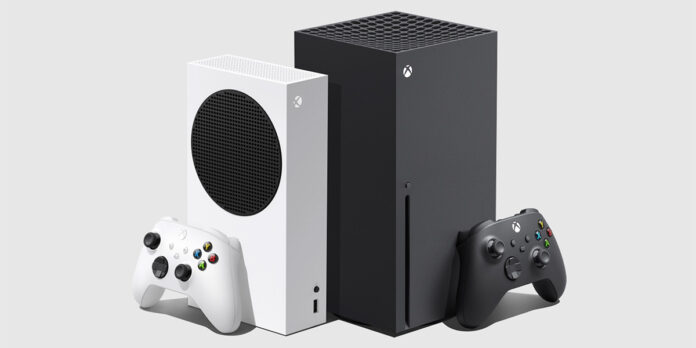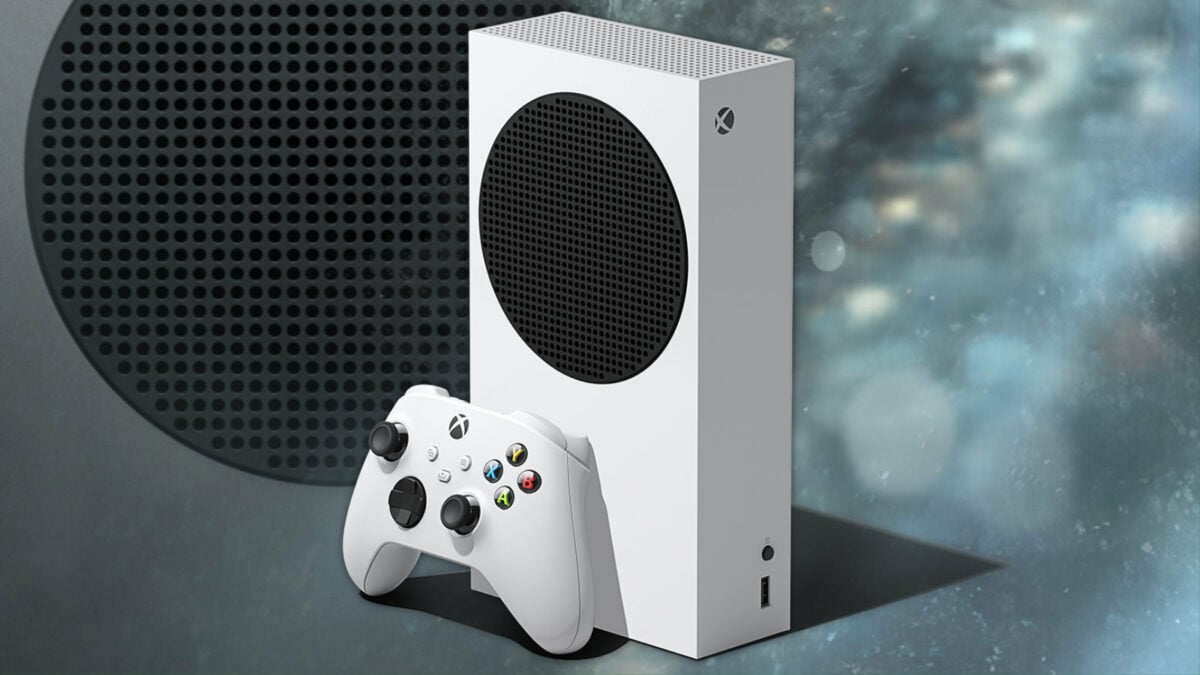It’s hard work being a gamer these days. Well-documented shortages have made it increasingly difficult to get the hardware we want, and the industry’s latest high-profile launches are effectively vapourware for a vast number of consumers who are willing but unable to get in on the action.
The issue is particularly acute on PC, where crypto-fuelled demand has led to unprecedented shortages across the board. New GPUs from AMD and Nvidia are launched to muted response, as would-be gamers look on in longing as shelves empty instantaneously, only for cards to reappear on eBay at inflated prices.
Console gamers aren’t getting an easy ride, either. Despite having launched way back in November 2020, both the PlayStation 5 and Xbox Series X are still extremely difficult to get a hold of.
What’s a gamer to do? Well, yours truly decided to take a punt on the entry-level Xbox Series S, and I’ve come away genuinely impressed. Microsoft’s baby Xbox hasn’t garnered the attention of its bigger brother, yet the Series S has a lot going for it and has unintentionally become my primary place to play.
Here are five reasons the Series S warrants serious consideration:
1. Xbox Series S is in stock and available to buy
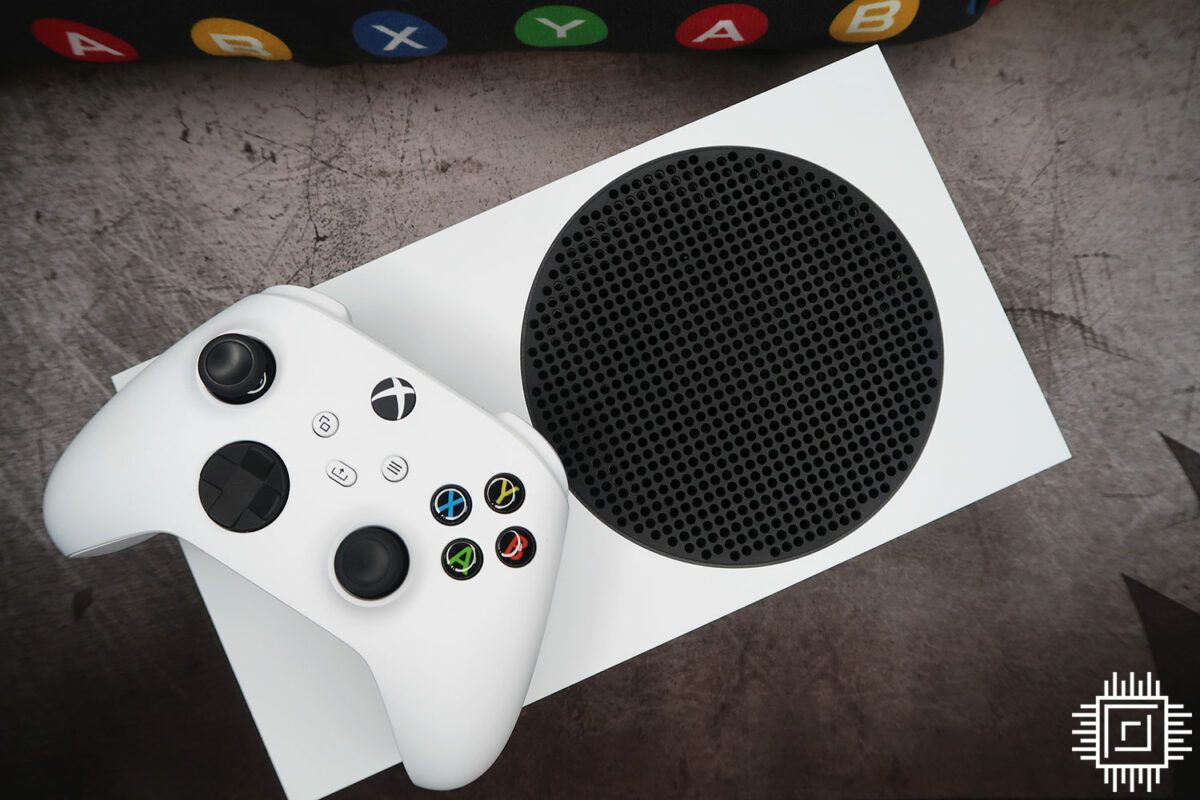
Yep, you read that right. Having been sold out for months following launch, the Xbox Series S is now routinely in stock and available to add to basket. That isn’t to imply the Series S is less sought after, mind.
Much like the Nintendo Switch, Microsoft’s modest hardware is relatively easy to manufacture. The AMD die at the heart of Series S measures just 197mm², making it almost 50 per cent smaller than the 360mm² chip residing within Xbox Series X. Being smaller generally enables better yields, meaning more can be produced without defect.
Simpler production has taken on new meaning in these strange times, and Series S stands to benefit from a lean design that’s easier to put on shelves. Now that Microsoft has halted production of previous-generation consoles, we expect Series S to remain in stock for the foreseeable future.
2. A low-cost stopgap for PC gamers
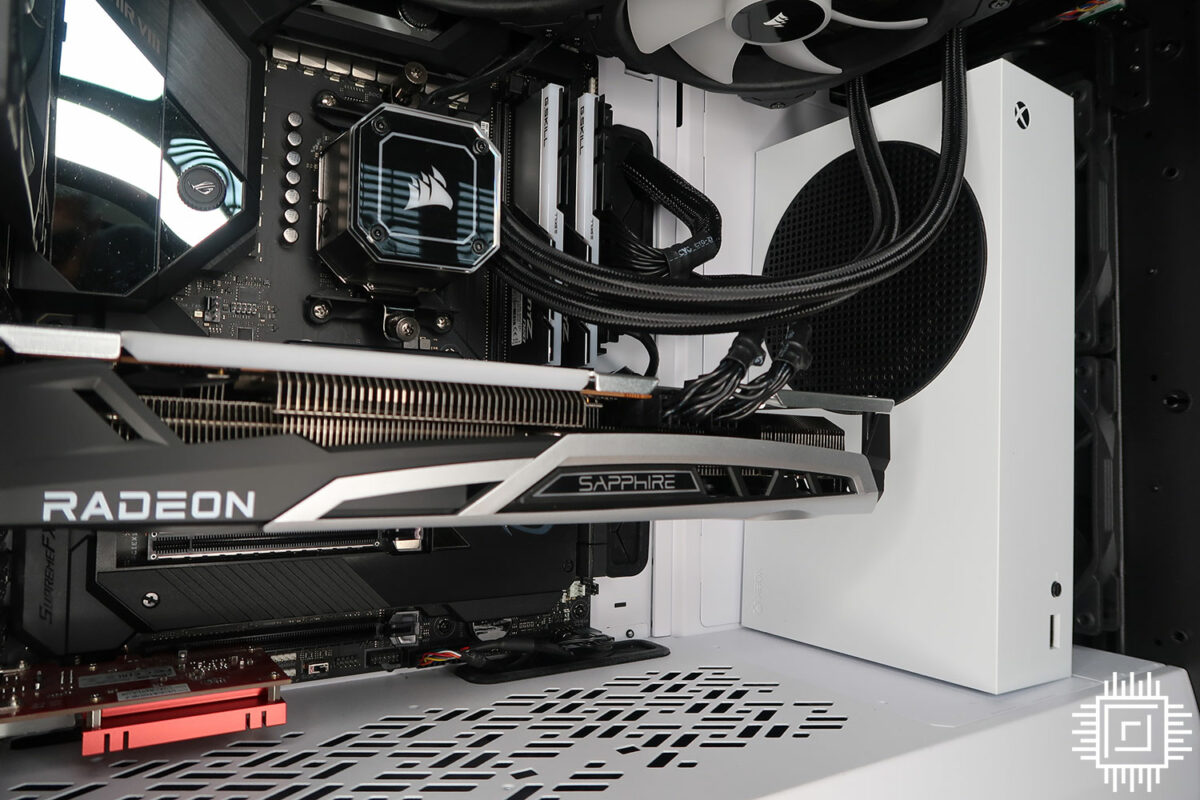
Disillusioned by the exorbitant cost of PC graphics cards in today’s market? You’re not alone, and you might be inclined to consider the Series S as an affordable stopgap.
Microsoft’s mainstream console is priced at £249. That’s almost half the price of a hard-to-find Series X or PlayStation 5, and about the same as, say, a 4GB Radeon RX 6500 XT. Nice to know a low-cost alternative exists.
3. Xbox Game Pass is a big lure

The best deal in gaming? Folk often refer to Game Pass in such lofty terms, yet it is easy to see the appeal. For the amount of £7.99 a month (£10.99 if you want PC games too), Microsoft’s all-you-can-eat buffet is gaming’s equivalent to Netflix.
In this age of short attention spans and conveyor-belt content, there is always something new to play. The Game Pass library includes everything from high-profile titles such as Halo Infinite to unexpected gems such as Ori and the Blind Forest.
There’s something for everyone, though there are caveats. Titles in the Game Pass library come and go regularly, that £7.99 monthly price tag will only go up, and users don’t physically own the games; cancel the subscription and you’ll lose access to said titles then and there.
On the flip side, Microsoft hoovering-up the world’s biggest developers ensures a library chock-full of triple-A titles, and much like Netflix, you can cancel at any time. Handy if you only have chance to dip into gaming every now and again.
4. Series S is a true next-gen console
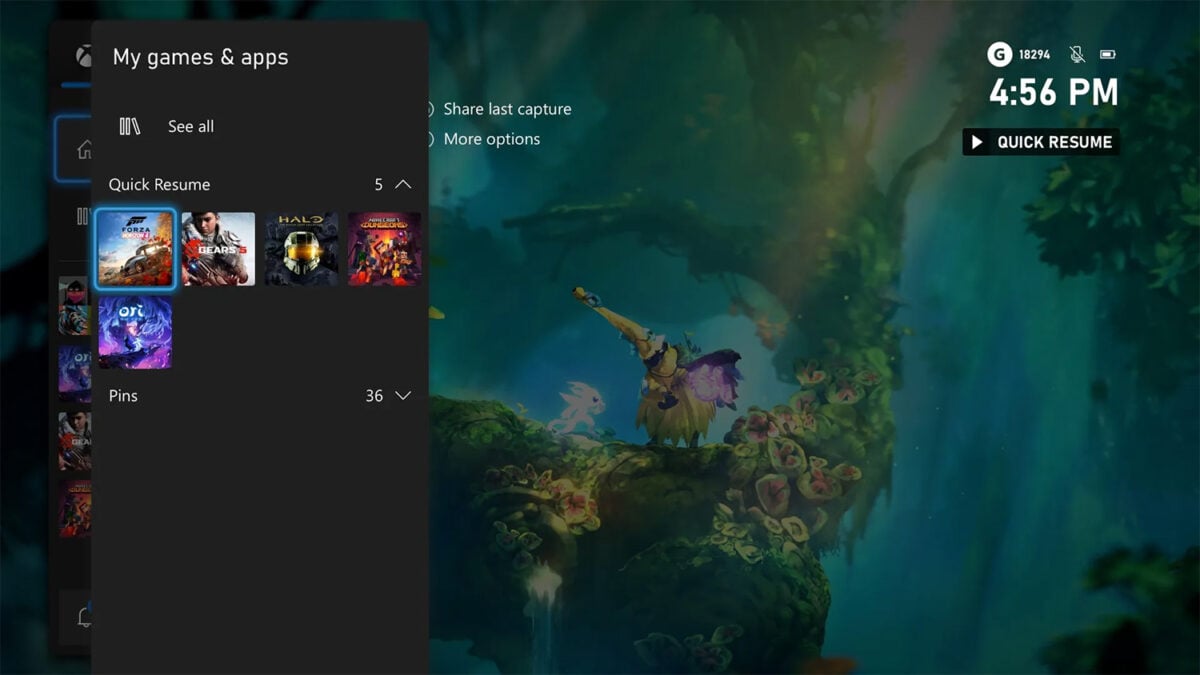
There’s no getting around the fact Series S is the weaker of Microsoft’s two next-gen consoles. The eight-core AMD Zen 2 CPU is slower (3.6GHz vs. 3.8GHz on Series X), there’s less memory on a much narrower bus (10GB GDDR6 via 128-bit vs. 16GB GDDR6 via 320-bit on Series X), and even graphics is at a fraction of its full potential.
The RDNA 2 GPU in Series S features just 20 CUs (Compute Units), compared to 52 in the Series X. Heck, the shaders are even downclocked, operating at 1.57GHz, compared to 1.83GHz for Series X.
Microsoft’s bigger, pricier sibling is undoubtedly more powerful, yet the Series S retains that next-gen feel through the use of a PCIe Gen 4 NVMe SSD. Solid-state storage is in our estimation the single most important upgrade available to the current crop of consoles.
Xbox One and PlayStation 4 were hampered by mechanical hard disks, leading to painfully long load times more often than not. Those delays were only exacerbated by the Xbox One X and PS4 Pro, two ill-advised last-gen consoles attempting to dabble with 4K gaming on hard disks that shudder at the thought of moving huge textures.
Gamers accustomed to making a cuppa while stuck on a load screen are in for a surprise. SSD at the ready, Series S offers drastically improved load times across the board. We’re talking seconds as opposed to minutes, and with Quick Resume, whereby the current state of compatible games is saved to storage, it is possible to pick up where you left off almost instantly.
To be clear, Quick Resume doesn’t always work perfectly, and isn’t well suited to online games, yet when it clicks it feels like a significant step in the right direction. While watching the tennis the other week I was able to jump back into Ori and complete a spirit trial in the time it took Nadal and Medvedev to change sides!
5. It’s tiny and efficient
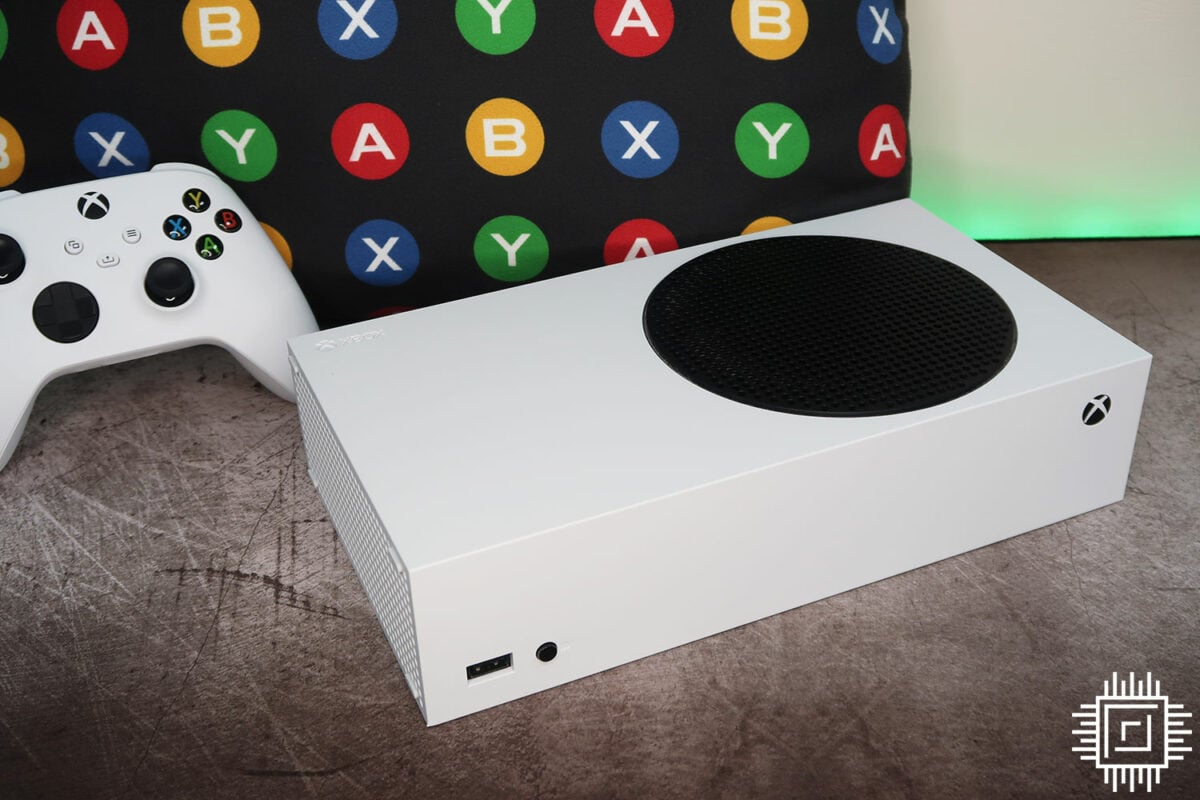
Many taken umbrage with the Xbox Series X’s tower form factor and PlayStation 5’s enormous footprint. Neither fits easily into a traditional AV setup, and if you’re after a console that won’t take over the living room, Series S is it. In fact, it is so small and quiet you’ll barely notice it.
Though the console has always been described as such, its miniature footprint becomes all the more apparent when in your hands. In a way Series S is reminiscent of games consoles from years gone by; much like the beloved Super Nintendo, this thing could easily be dropped into a backpack and taken to a mate’s house.
In this instance, small in stature also means frugal on electricity. A pressing concern in today’s world, Series S consumes around 74W during active gameplay. That’s a whopping 52 per cent less than the 153W consumed by Series X. Worth knowing if, like many, you’re troubled by spiralling energy costs.
Counterarguments
Series S has a lot going for it at the £249 price point, but we would be remiss not to point out some of the console’s limitations. Firstly, Microsoft’s mainstream box isn’t for hardened enthusiasts who crave the absolute best performance. If you’re the kind of gamer who breaks out in sweat whenever framerate strays from 60fps, you ought to pony up for a Series X or PlayStation 5.
Though Series S can output at 4K – ideal if you want your console to double as a streaming box – games are typically rendered at 1440p/120Hz or 1080p/60Hz. The results can be nonetheless impressive – the fact that Forza Horizon 5 looks so good and loads so quickly is testament to the console’s quality – and casual gamers are unlikely to be disappointed.
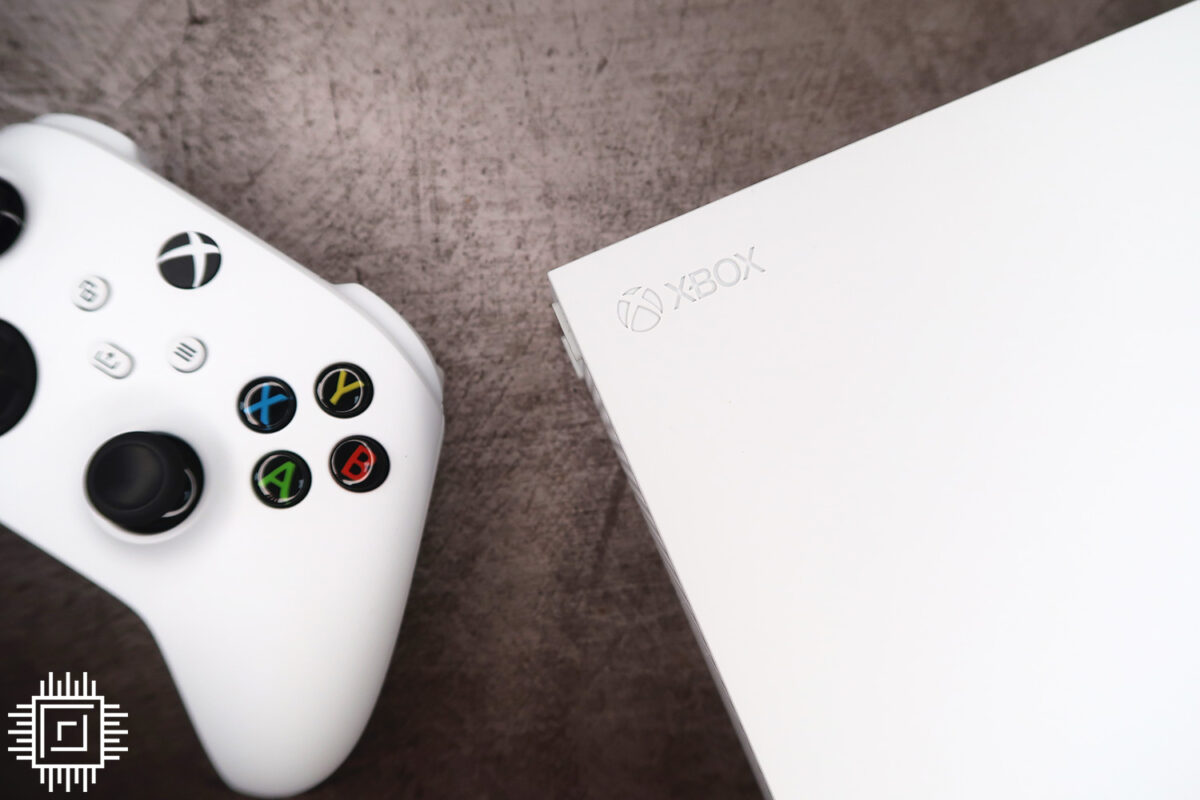
Then there’s the matter of storage. Though the internal SSD is to be lauded for its performance, a standard 512GB capacity feels paltry in this day and age. Being able to select certain game components does help – you won’t need to spend an age downloading huge 4K assets – but you’re likely to run out of space after installing a handful of titles.
It’ll cost £200 for an official 1TB expansion card, or £125 for a 512GB card. A high-capacity external hard disk can be used to store your library for a lower fee but note that games optimised for Series S/X can only be played from internal storage or an official expansion card.
Hey, where’s my disc drive? An important point that is easy to overlook; Series S does not feature an optical drive. As a digital-only console, the system cannot play CDs, DVDs or Blu-rays. The irrepressible shift to streaming suggests optical media’s days are numbered, yet it is something worth knowing about, particularly if you’ve already amassed a large library.
Summary
Xbox Series S succeeds on a few key fronts. Microsoft’s mainstream console is an excellent choice for casual gamers, it doubles as a highly capable streaming box, and in times of severe stock constraint, it serves as an affordable, available alternative to high-end gear that is either hard to find or grossly overpriced.
Dyed-in-the-wool enthusiasts may sneer, yet in truth, it’s hard to argue against solid performance, rapid load times and a huge Game Pass library, all wrapped up in a small and efficient package priced at £249.

